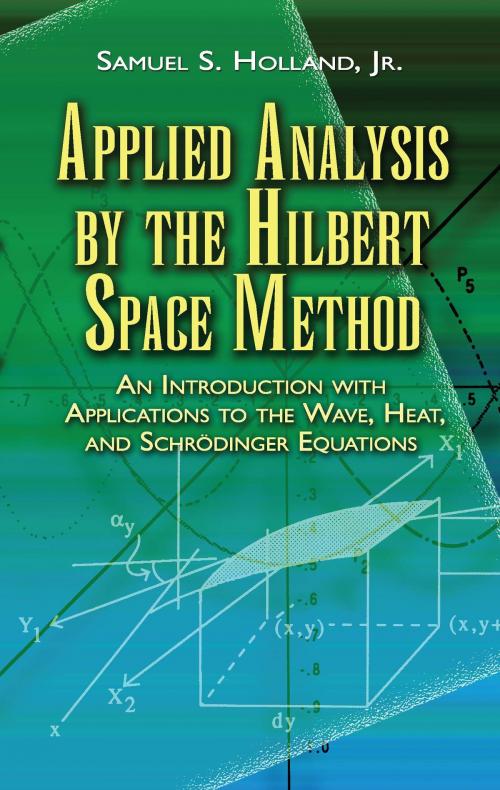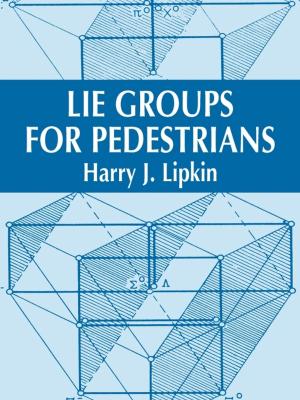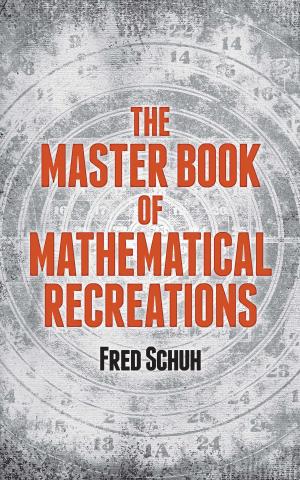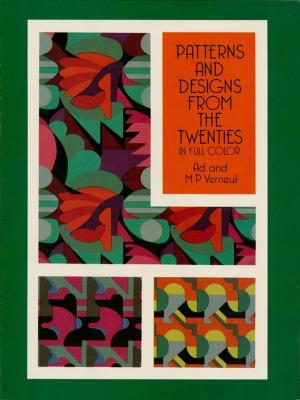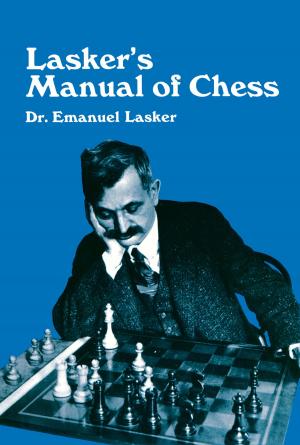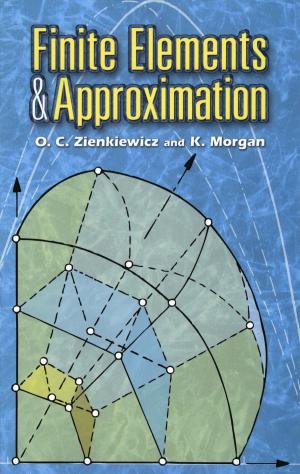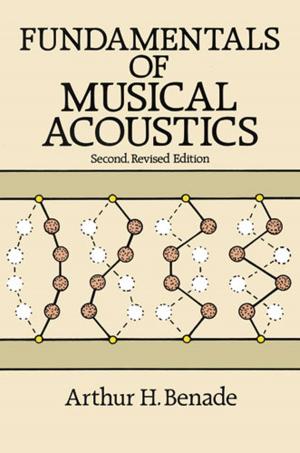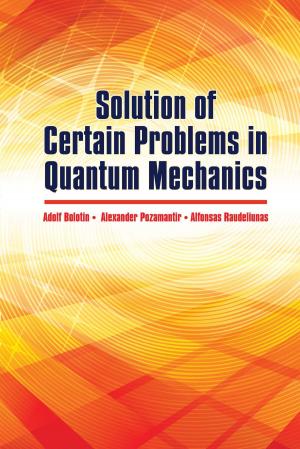Applied Analysis by the Hilbert Space Method
An Introduction with Applications to the Wave, Heat, and Schrödinger Equations
Nonfiction, Science & Nature, Mathematics| Author: | Samuel S. Holland Jr. | ISBN: | 9780486139296 |
| Publisher: | Dover Publications | Publication: | May 4, 2012 |
| Imprint: | Dover Publications | Language: | English |
| Author: | Samuel S. Holland Jr. |
| ISBN: | 9780486139296 |
| Publisher: | Dover Publications |
| Publication: | May 4, 2012 |
| Imprint: | Dover Publications |
| Language: | English |
Numerous worked examples and exercises highlight this unified treatment of the Hermitian operator theory in its Hilbert space setting. Its simple explanations of difficult subjects make it accessible to undergraduates as well as an ideal self-study guide.
Featuring full discussions of first and second order linear differential equations, the text introduces the fundamentals of Hilbert space theory and Hermitian differential operators. It derives the eigenvalues and eigenfunctions of classical Hermitian differential operators, develops the general theory of orthogonal bases in Hilbert space, and offers a comprehensive account of Schrödinger's equations. In addition, it surveys the Fourier transform as a unitary operator and demonstrates the use of various differentiation and integration techniques.
Samuel S. Holland, Jr. is a professor of mathematics at the University of Massachusetts, Amherst. He has kept this text accessible to undergraduates by omitting proofs of some theorems but maintaining the core ideas of crucially important results. Intuitively appealing to students in applied mathematics, physics, and engineering, this volume is also a fine reference for applied mathematicians, physicists, and theoretical engineers.
Featuring full discussions of first and second order linear differential equations, the text introduces the fundamentals of Hilbert space theory and Hermitian differential operators. It derives the eigenvalues and eigenfunctions of classical Hermitian differential operators, develops the general theory of orthogonal bases in Hilbert space, and offers a comprehensive account of Schrödinger's equations. In addition, it surveys the Fourier transform as a unitary operator and demonstrates the use of various differentiation and integration techniques.
Samuel S. Holland, Jr. is a professor of mathematics at the University of Massachusetts, Amherst. He has kept this text accessible to undergraduates by omitting proofs of some theorems but maintaining the core ideas of crucially important results. Intuitively appealing to students in applied mathematics, physics, and engineering, this volume is also a fine reference for applied mathematicians, physicists, and theoretical engineers.
Numerous worked examples and exercises highlight this unified treatment of the Hermitian operator theory in its Hilbert space setting. Its simple explanations of difficult subjects make it accessible to undergraduates as well as an ideal self-study guide.
Featuring full discussions of first and second order linear differential equations, the text introduces the fundamentals of Hilbert space theory and Hermitian differential operators. It derives the eigenvalues and eigenfunctions of classical Hermitian differential operators, develops the general theory of orthogonal bases in Hilbert space, and offers a comprehensive account of Schrödinger's equations. In addition, it surveys the Fourier transform as a unitary operator and demonstrates the use of various differentiation and integration techniques.
Samuel S. Holland, Jr. is a professor of mathematics at the University of Massachusetts, Amherst. He has kept this text accessible to undergraduates by omitting proofs of some theorems but maintaining the core ideas of crucially important results. Intuitively appealing to students in applied mathematics, physics, and engineering, this volume is also a fine reference for applied mathematicians, physicists, and theoretical engineers.
Featuring full discussions of first and second order linear differential equations, the text introduces the fundamentals of Hilbert space theory and Hermitian differential operators. It derives the eigenvalues and eigenfunctions of classical Hermitian differential operators, develops the general theory of orthogonal bases in Hilbert space, and offers a comprehensive account of Schrödinger's equations. In addition, it surveys the Fourier transform as a unitary operator and demonstrates the use of various differentiation and integration techniques.
Samuel S. Holland, Jr. is a professor of mathematics at the University of Massachusetts, Amherst. He has kept this text accessible to undergraduates by omitting proofs of some theorems but maintaining the core ideas of crucially important results. Intuitively appealing to students in applied mathematics, physics, and engineering, this volume is also a fine reference for applied mathematicians, physicists, and theoretical engineers.
